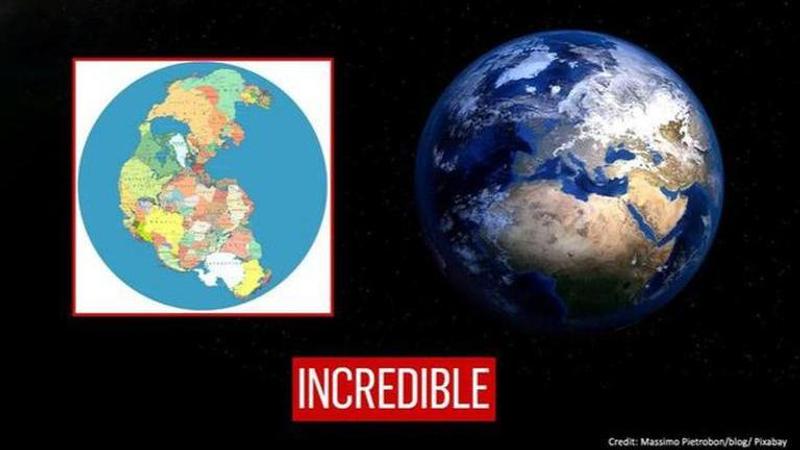Published 18:08 IST, December 27th 2020
Map of 'Pangea' shows how Earth looked like 300 million years ago | See Picture
An incredible image by Massimo Pietrobon, shows the map of the Earth when all land on the planet was arranged into a supercontinent called ‘Pangea’.

Volcanic eruptions and earthquakes are a constant reminder that the Earth beneath our feet is constantly on the move. While currently, in the midst of an unprecedented coronavirus pandemic, it feels like the world is fused together, back around 300 million years ago the world as we know was pretty much was one big continent. As continental plates only move around 1-4 inches per year, we don’t notice the tectonic forces that are constantly reshaping the surface of our planet. However, on a long enough timeline, those inches add up to big changes in a way landmasses on Earth are configured.
Now, an incredible image by Massimo Pietrobon, shows the map of the world when all land on the planet was arranged into a supercontinent called ‘Pangea’. The image shows how Earth looked 300 million years ago when Eurasia, North America, South America, India, Antarctica and Australia were literally joined together as one. The unique map overlays the approximate borders of present-day countries to help understand how Pangea broke apart to form the world that we know today.
Pangea explained
Scientists believe that Pangea started developing over 300 million years ago, eventually making up one-third of the earth’s surface. In the above map, one can see Great Britain is no longer an island but has land borders France, Norway and Ireland. The United States, on the other hand, has borders with Morocco, Mauritania, Senegal and Cuba. Canada borders Denmark, Portugal and Morocco. Spain has no land border with Algeria.
According to the map, Italy borders Tunisia, Greece borders Libya. Brazil, which is known for its beaches, is landlocked and borders Zambia and Liberia among others. Tibet wasn’t attached to China but was neighbours with Australia. Australia, on the other hand, also borders Antarctica, which is next to India, Sri Lanka and Mozambique.
Since the average continent is only moving about 1 foot every decade, it is very unlikely that you will ever be alive to see such epic geographical revision to the world map. However, whatever life exits on Earth 300 million years in future may get to see the emergence of a new supercontinent. Scientists believe that the next supercontinent could have a massive inland sea, mainly made up of what is the Indian Ocean today. Other oceans, on the other hand, may combine into one superocean that would take up the majority of the Earth’s surface.
Updated 18:08 IST, December 27th 2020




